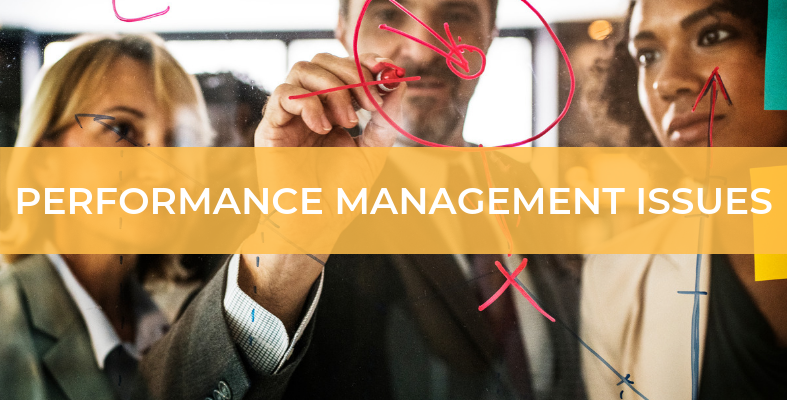
Having Problems with Performance Management? Here's The Solution
Create Job Description Using AI
Write appealing job descriptions for any job opening to attract the most qualifield and suitable candidates. FOR FREE.
try now
The business world is rapidly changing. Some say that we no longer deal with employees, but human capital. Companies realise the importance of human capital, but not many about how to develop human capital performance.
People are the most expensive asset a company can have. Therefore, it’s important to develop and drive managers who deal with performance issues because it is vital to a business’ growth and profitability.
Identifying Performance Management Issues
Ask yourself these questions:
-
How much time do your managers spend having meaningful conversations about performance issues?
-
Is this a daily event or it is reserved for quarterly, semi-annual, and annual reviews?
-
Do your managers really get to the meat of performance issues when having these discussions?
Ways to Deal with Performance Issues
Most organisations don’t know how to deal with day-to-day performance issues. Yet, this is the most important aspect of performance management in achieving the high-performance working culture. Managers usually spend more time solving problems than they do driving performance.
What they should is to work at two distinct levels:
-
Day-to-day performance management.
-
Continuous coaching for development.
Most managers think that focusing on poor results will somehow improve them, which means they’re confusing business issues with performance issues. Hammering the failure to achieve the desired results and demanding people to work harder won’t change the result.
What can change the result? Focus on these three aspects:
-
Performance
-
Behaviour choices
-
Skill applications
An Example & Explanation
There’s a manager who is frustrated that a worker always fails to produce a critical monthly report on time. The worker says that he cannot get the figure he needs from his colleague and suggests that the manager should talk to the colleague instead. Now, the worker’s colleague is upset that the worker went over his head.
The REAL ISSUE here is not the late report, but the performance of the worker who cannot build a productive relationship with his colleague.
The manager should have a talk about poor performance and then coach the worker in relationship building. When the worker is expected to take ownership of his choices and the manager can effectively coach the employee on relationship building, it can affect countless more relationships. This is day-to-day performance management and coaching in action.

Coaching itself won’t change things around. You need to deal with the performance issue first and then coach the employees. No one can initiate change if the change is not adopted by the person who must make the change.
This is why day-to-day performance management capability must work along with coaching. Performance drives ownership & coaching drives development and change.
Need to Fill in Many Vacancies, Fast? We'll solve your hiring in just 2 days. Contact us at [email protected] or call 03 2242 4822 for a free consultation.
Source: ATD
Related articles
How to Give Effective Feedback at Work
Performance Appraisal: Doing It Right
How to Gain Your Employees’ Trust





